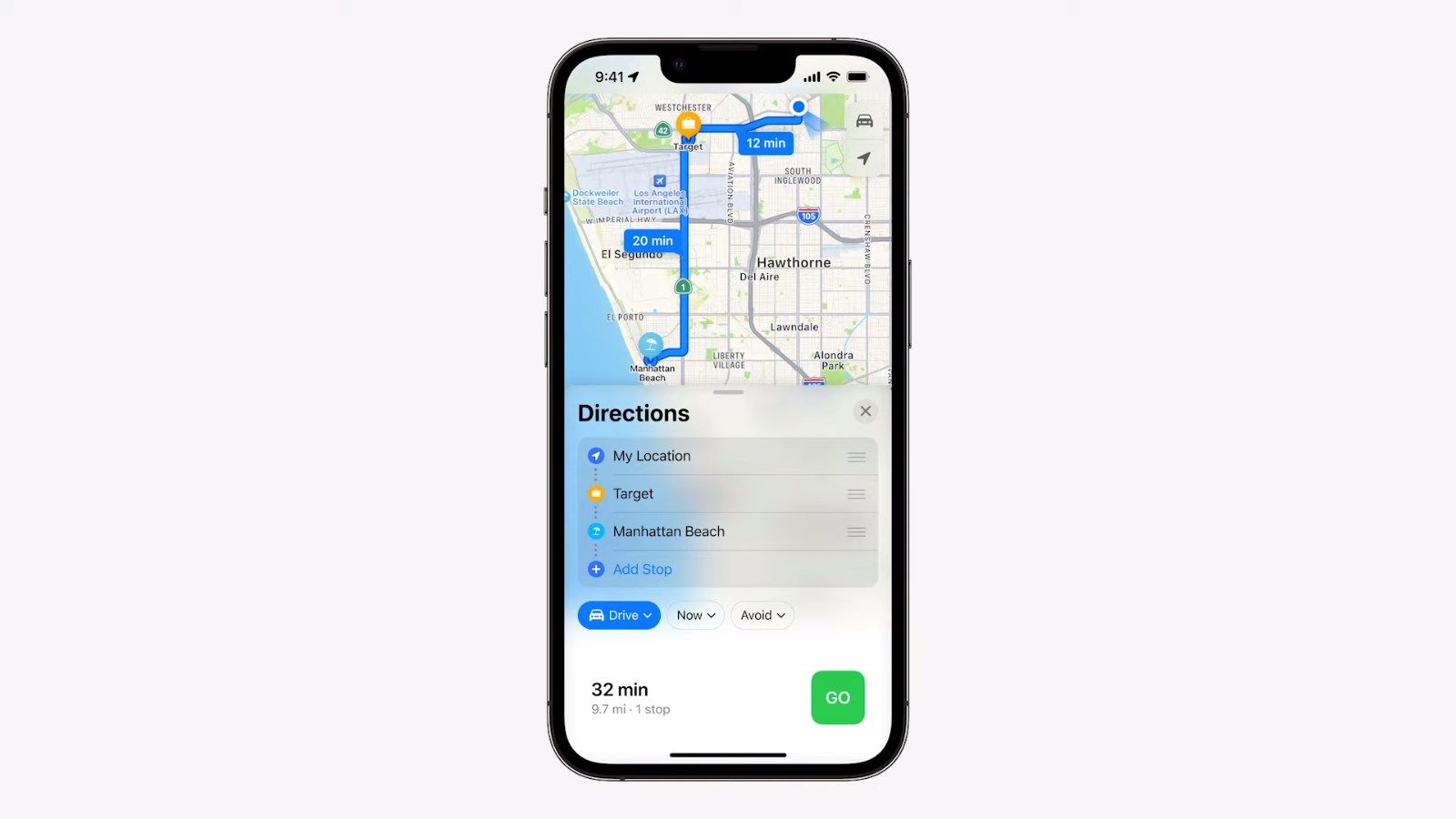Apple is pushing hard to become less dependent on Google. According to a report from the Financial Times, the company still holds a grudge against Google for releasing Android, which former CEO Steve Jobs went as far as calling "a stolen product." With that in mind, Apple has started moving into areas that Google historically dominates. The best example here is Apple Maps, which is the company's direct answer to industry-leading Google Maps.
When Apple first launched its Maps service in 2012 to much fanfare, it was quickly ridiculed and dismissed, though. Apart from laughably poor 3D satellite imagery dominated by broken bridges, glitchy buildings, and warped landscapes, the service had errors that could leave you stranded in the middle of an Australian national park.
Since then, a lot has changed, and for people living in the Apple ecosystem, Apple Maps has become a viable alternative to Google Maps. When using my iPhone, which I carry on me to have a point of comparison with an Android phone, I was very much impressed by how much I prefer Apple Maps in many circumstances. About a decade after its launch, the service has become a viable alternative to Google's service, and the Californian company needs to look out to not fall behind.
Apple Maps feels more polished than Google Maps today
As someone who is routinely switching between Android and iOS, I had to try Apple Maps to see if the grass on the other side really is greener. One of the first things I tried on it was car navigation, and I found it more reliable and easier than what Google Maps offers. The default navigation voice sounds less harsh and machine-like, and it excels at instructions.
Google Maps tends to offer arbitrary commands like "turn left in 200 meters" rather than "turn left at the next crossing," and the latter makes more sense. It more closely resembles what you pay attention to when you drive. Add Apple Maps' cleaner interface to this, with fewer labels and more visible streets and roads, and I prefer driving with this service.


I was also happily surprised to see a functional version of Street View in Apple Maps, which the company calls Look Around. As someone who lives in Germany, I have become used to not relying on Google Maps's Street View due to the decade-old imagery that we have to make do with when viewing German streets.
On Apple Maps, this is different, with sharp and up-to-date images. Apple Maps doesn't cover all of Germany yet, but the service keeps expanding the number of visible areas. Google Maps never offered full availability, making Apple Maps an even better alternative.


On the right, Street View Germany shows 14-year-old images that don't reflect reality anymore.
No matter where in the world you use Look Around, the technology behind it feels smoother and faster as you navigate the real-world streets, even though Google Maps remains the service that's more intuitive to use. With Apple Maps, your Look Around perspective changes as you move the map, which can be jarring. Google Maps lets you move the map and your Street View preview independently.
What struck me the most, and why I'm writing this, is Apple's new Detailed City Experiences. When I visited London in 2022, I could zoom into the city's streets and see a map with all the relevant details down to individual lanes, crossings, cycling paths, and even individual trees in parks.
It's more intuitive to understand where you're at, even when you're walking on foot and using public transit. The same detailed maps are available in New York, San Francisco, and Los Angeles, with more cities coming soon. I didn't drive a car in London, but this makes me wonder how well turn-by-turn navigation works in a supported city.
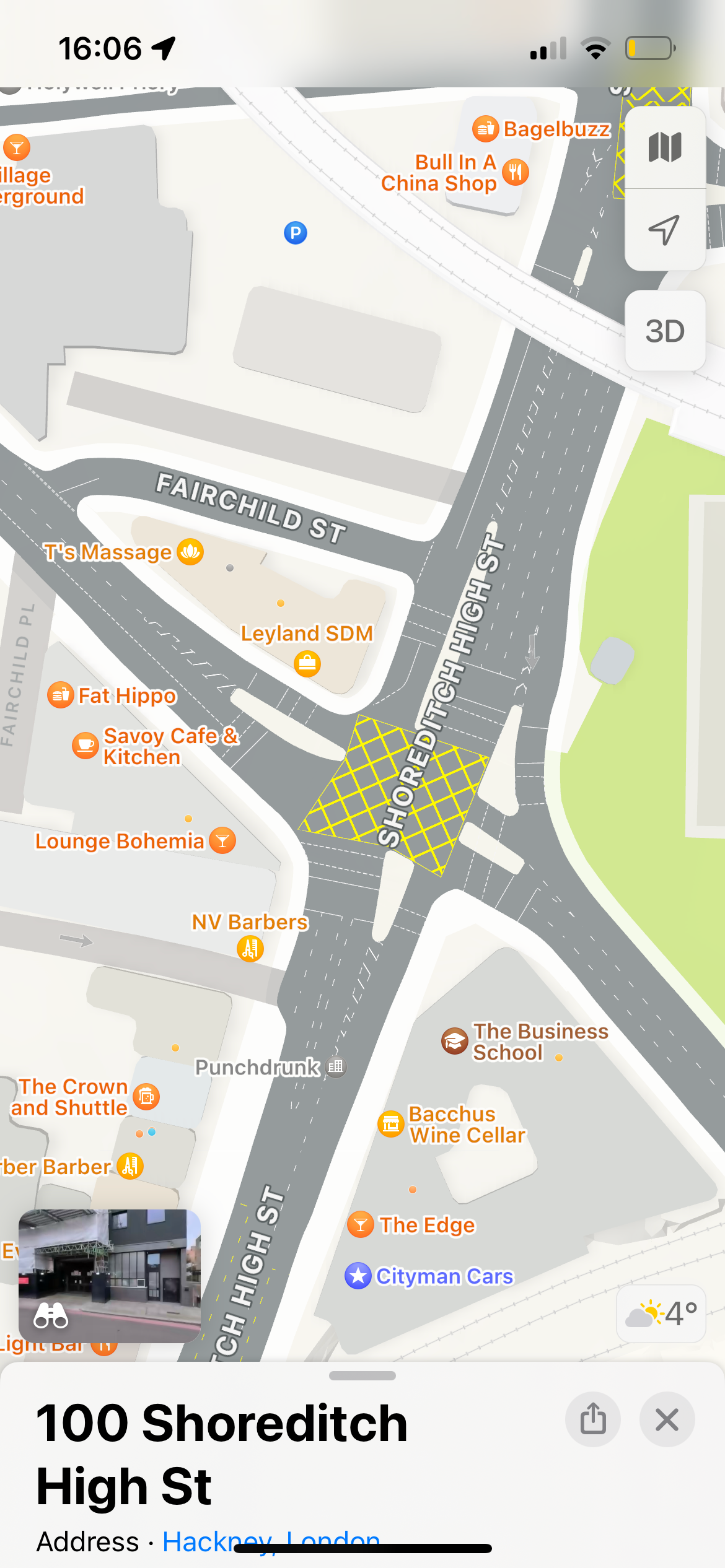
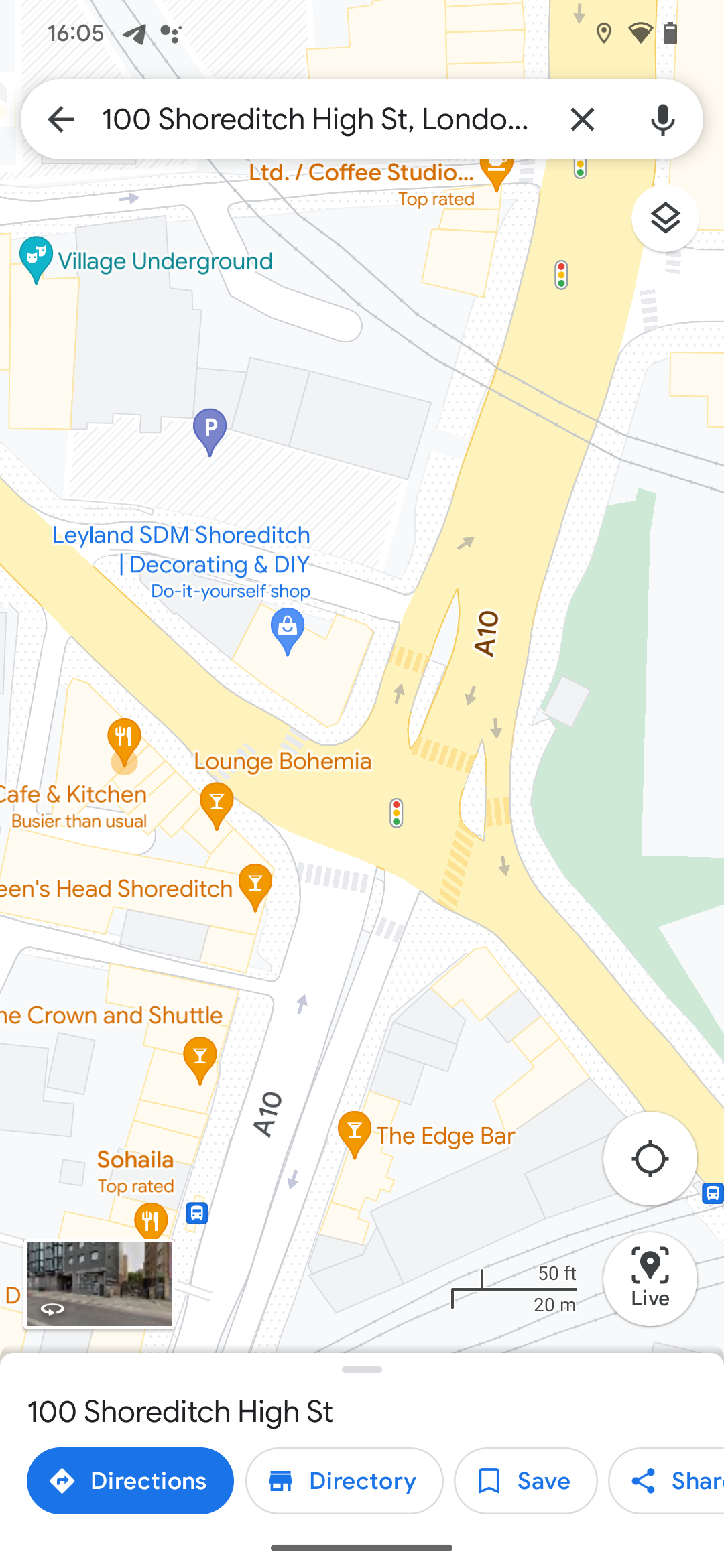
Last but not least, Apple Maps made impressive strides in an area that received the most ridicule when the service first launched: satellite and Flyover views. When you use Apple Maps, you can get three-dimensional satellite views of many places all over the world. The view is easier to access than Google's 3D pendant and simpler to understand and use, with fewer visual distractions.
Combined with the Detailed City Experience, it's hard to get lost even when you're unfamiliar with your surroundings. Everything looks almost as you would expect when walking down the street, without relying on tricks like Google Maps' (admittedly impressive) Live View that overlays your route or landmarks on a camera viewfinder.
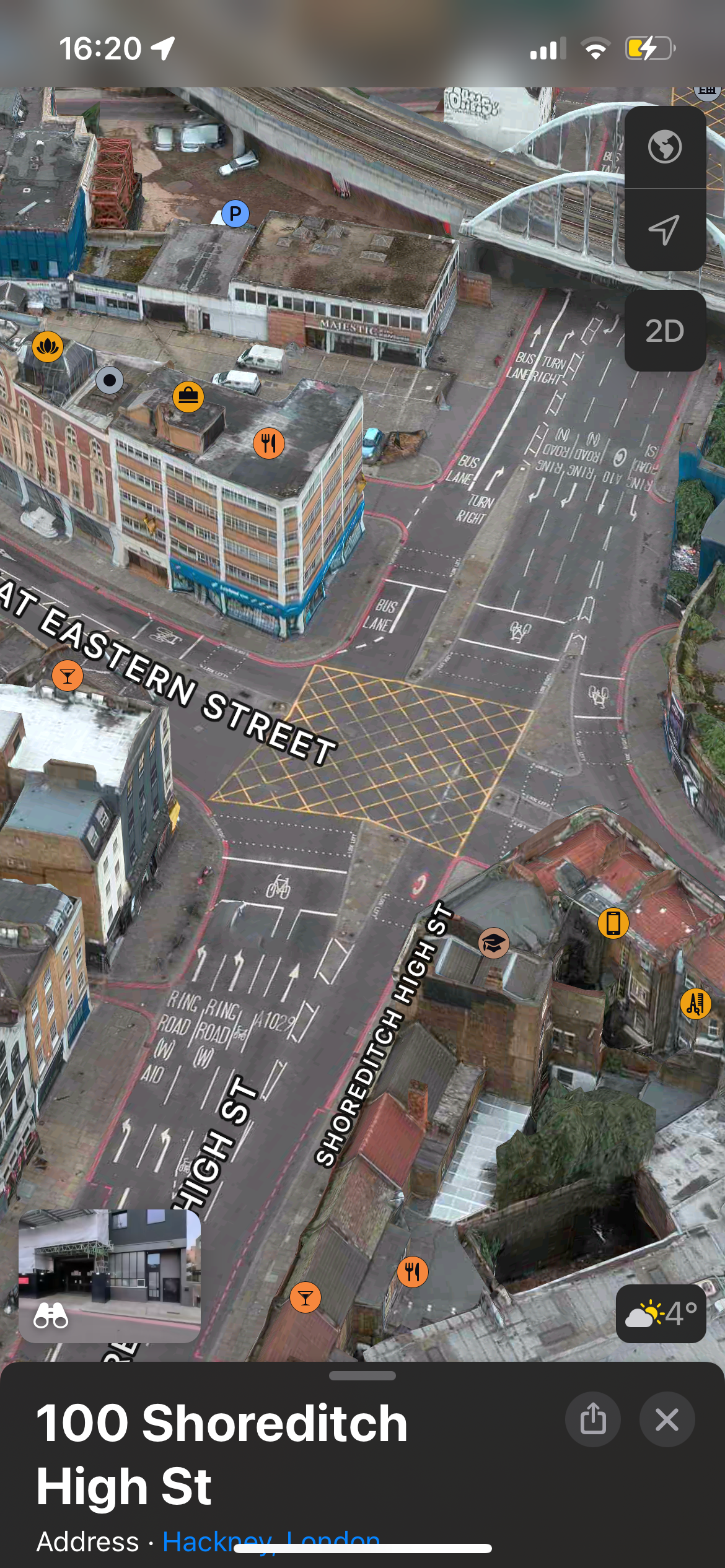
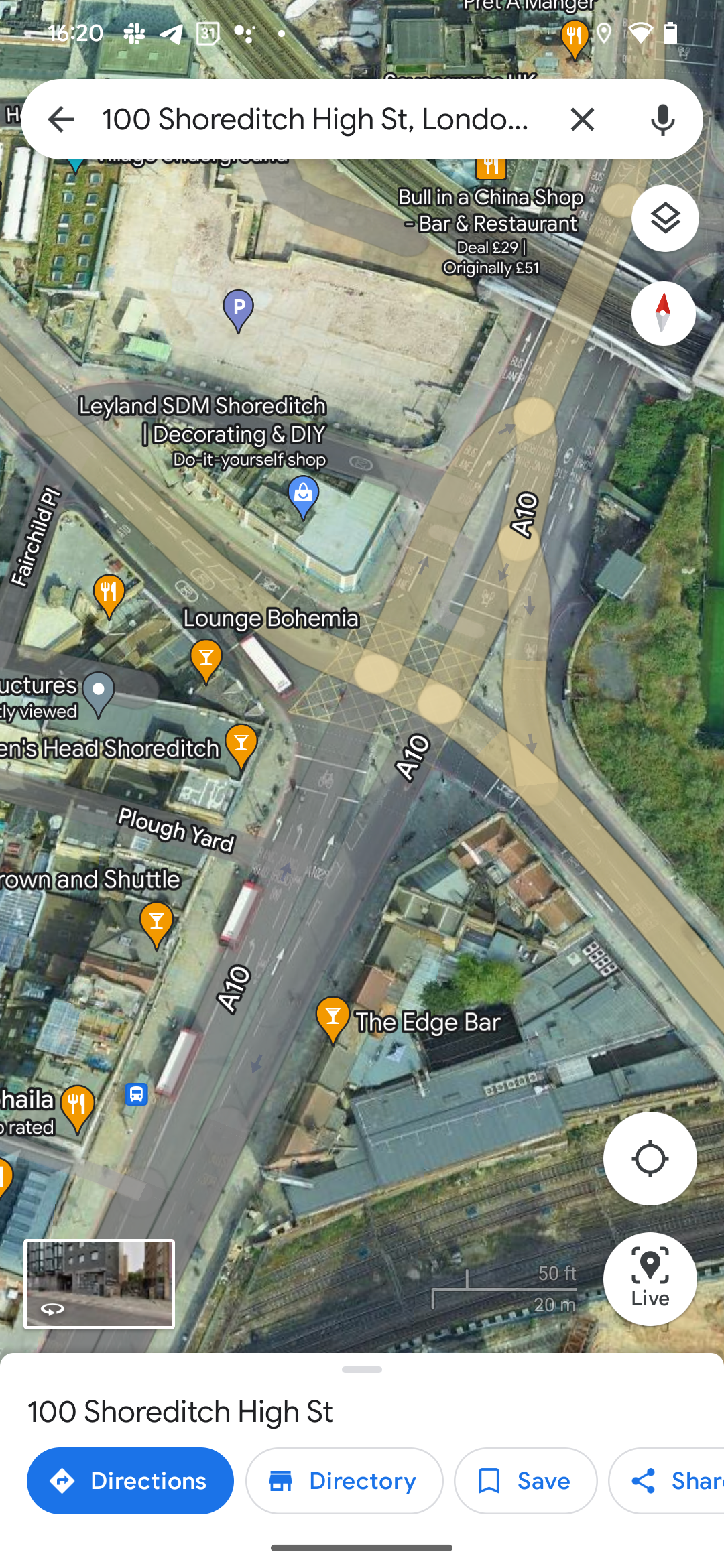
Google still has the crown, but it has some catching up to do
All that said, Google Maps is still more reliable than Apple Maps overall. With Google Maps, you can go virtually anywhere in the world and expect a mostly functional service, whereas Apple Maps is still spotty. This is particularly true when it comes to exploring your surrounding area. Apple Maps relies on partnerships with Yelp and others to show places near you, but Google Maps has had years to collect user data in the form of images, reviews, opening hours, and more. Apple Maps still lacks this community, though the company is working on it, encouraging users to leave new, Apple Maps-specific reviews.
Apple Maps also doesn't work offline and doesn't offer cycling navigation in many places, which can be dealbreakers.
Another disadvantage of Apple Maps is availability. You can only access the full service, complete with turn-by-turn navigation on Apple devices. It's possible to view Apple Maps using DuckDuckGo on other devices, but for turn-by-turn navigation, you need an iPhone. Google Maps, on the other hand, is platform-independent and works great on both Android and iOS.
However, Apple Maps might catch up on these problems. While it's less likely to become cross-platform, it is not entirely impossible. The walls around the Apple garden have crumbled a little in recent years. For example, Apple Music is available on Android. Once the company adds some form of monetization, it's certainly possible for Apple Maps to make it to Android. Then Google will have a problem and a new, serious competitor.
The Apple Maps community could also still grow. With most people using iPhones in the U.S., there's a pool of potential Apple Maps contributors, even if the service remains limited to Apple devices and DuckDuckGo.
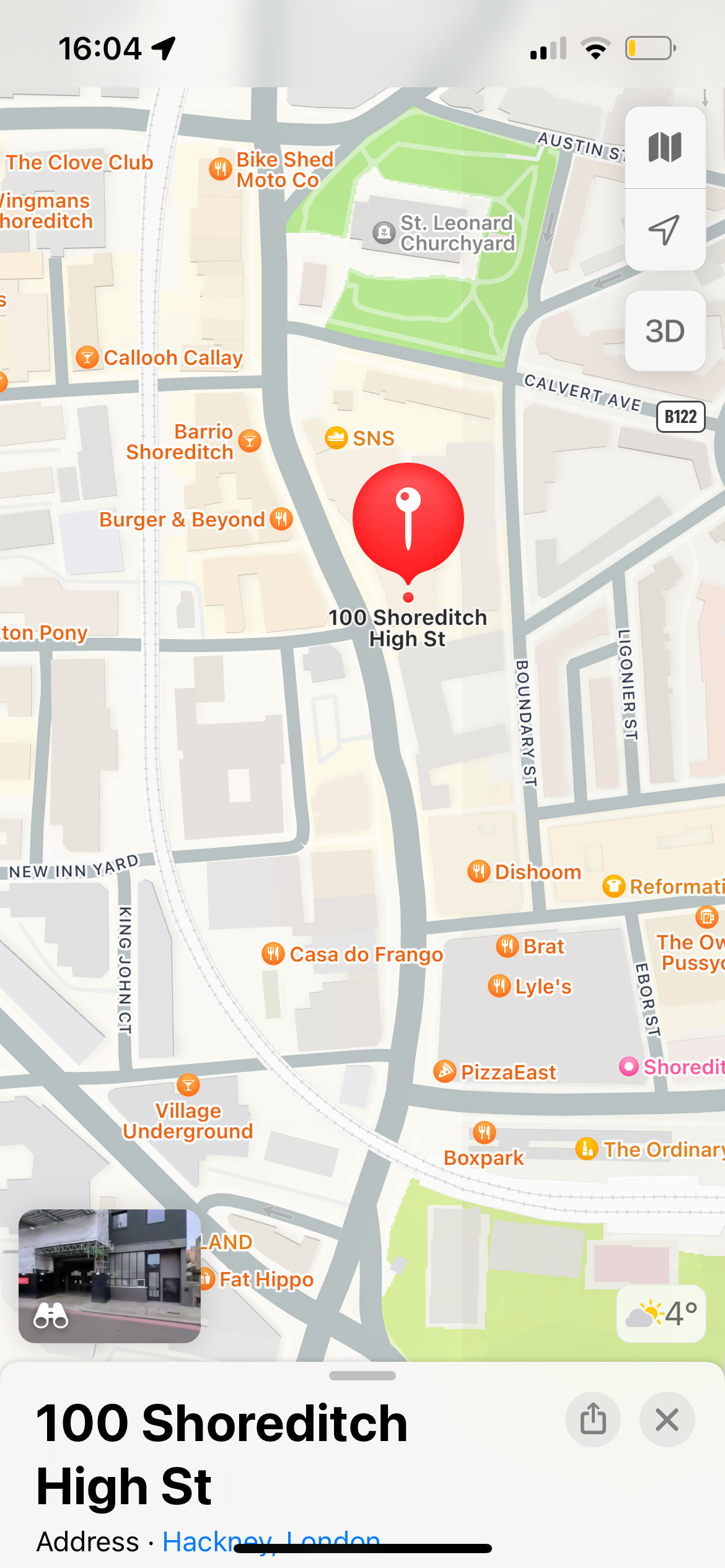
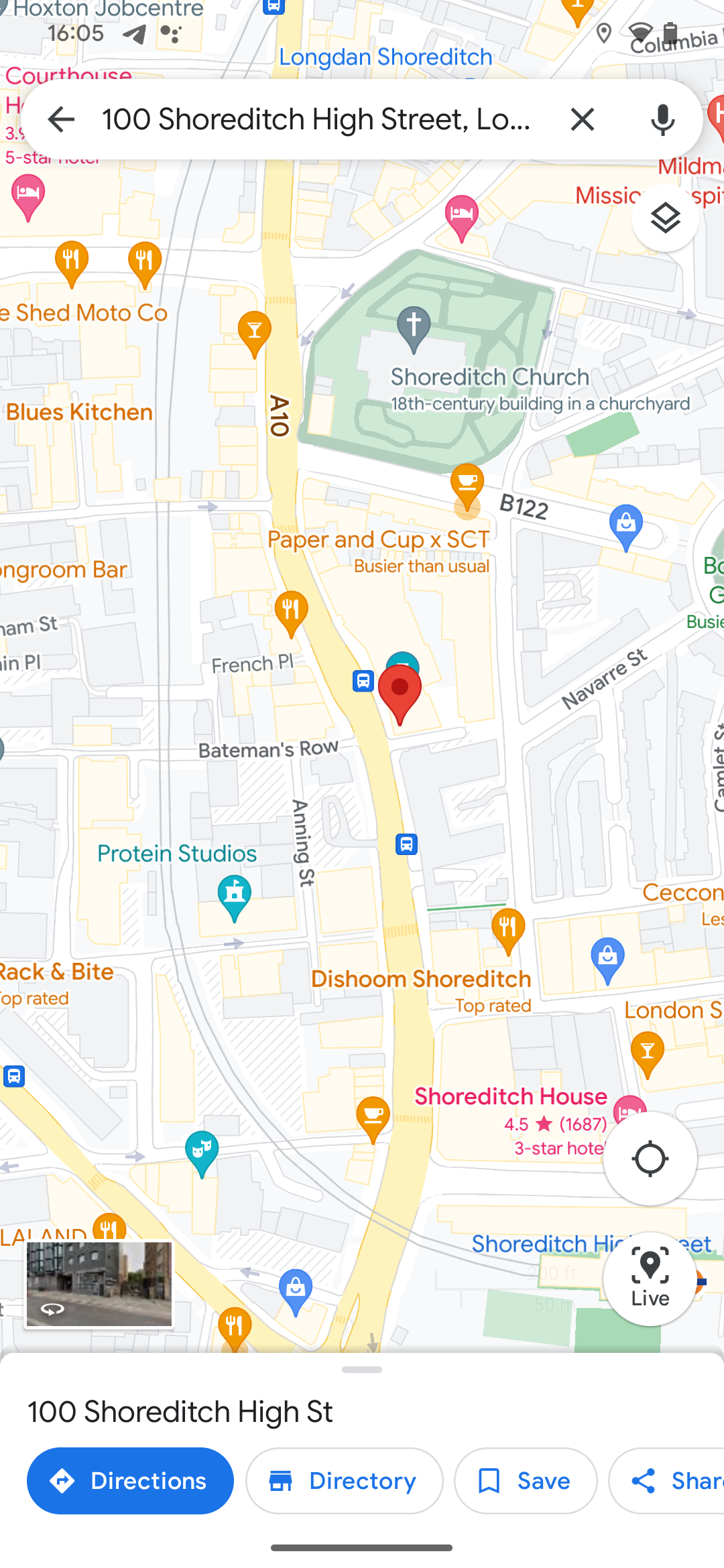
To combat this, Google Maps needs to get better in the areas where it's lacking. It needs to become more intuitive again, even if that means losing some features and some details while you're zoomed out. Apple Maps balances this much better and makes it easier to differentiate between streets and buildings thanks to more contrasting colors.
The Apple Maps interface feels less cluttered and does a better job separating different parts of the map. Streets and roads are easily visible, the navigation voice is better and easier to follow, and the Detailed City Experiences are next-level.
Google's road ahead looks bumpy
While it took Apple ten years to create an almost viable alternative to Google Maps, the company has likely learned a lot from its early mistakes. Following Maps, Apple is turning to other areas that Google excels in and still dominates the iPhone experience to this day.
For one, Apple has been working on an alternate search engine behind the scenes for years. If the company creates an independent alternative, it could cut Google off from billions of dollars in search advertising revenue. With the experience gained from the mapping service, it likely won't take nearly as long to ramp up the expertise in that area.
The other area that Google dominates on internet-connected platforms is advertising. Apple is also pushing to create its own alternatives. Apple has already destroyed Meta's and Snap's ad revenue thanks to its consumer-friendly option to ask apps not to track what you do on your iPhone. Still, as a next step, Apple wants to position itself as an online advertiser. It will likely create an approach that is better for privacy than what Google currently offers (at least on the surface). This could make it harder for third-party advertisers to keep their revenue flowing on the iPhone, with Apple likely further walling off the operating system for any ad provider but itself.
Both an "Apple Search" and an "Apple Ads" service could change the tech landscape dramatically and put Apple in a better position than Google moving forward. The situation feels particularly dire right now as Google is in a weaker position, recently having cut its workforce after extensive hiring over the pandemic. In contrast, Apple seems largely unscathed by the problems affecting the other Big Five companies.

